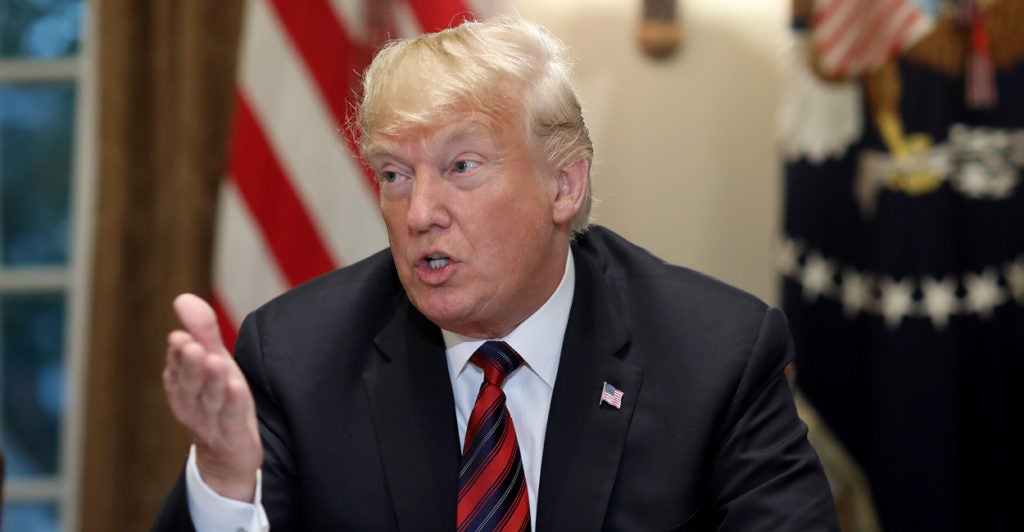The Pentagon on Tuesday released the president’s budget request for defense, which calls for the resources needed to sustain the increase in military readiness experienced over the last two years.
The total funding request of $750 billion would represent an increase of 4.7 percent over the 2019 budget, largely aligned with the needs expressed by Pentagon leadership and reinforced by the bipartisan Commission on the National Defense Strategy.
Former Secretary of Defense James Mattis and Chairman of the Joint Chiefs of Staff Joseph Dunford have outlined the need to increase the defense budget to the tune of 3 to 5 percent above inflation until 2023 in order to meet the challenges outlined by the current defense strategy.
This growth is in line with The Heritage Foundation’s recommendation of $742 billion for defense. The $8 billion gap between our recommendation and President Donald Trump’s request owes to the emergency funds that the administration is requesting to reinforce our southern border and provide hurricane relief.
From the total request number of $750 billion, $576 billion would constitute the base defense budget, which is limited by the Budget Control Act caps. In addition, the administration requests $165 billion for the overseas contingency operations account, which is not limited by the caps.
In this budget proposal, the Trump administration decided to use the overseas contingency operations account as a way to back-fill the defense budget. By restricting itself to the Budget Control Act caps, the budget request aims at the laudable goal of avoiding another budget deal that increases nondefense discretionary spending.
The budget outlines the same funding scheme for defense in the 2021 budget, which has a $156 billion placeholder for overseas contingency operations. Yet by utilizing an emergency spending account to do so, it is taking yet another step away from transparency and accountability and will likely encounter stiff resistance in Congress.
The Heritage Foundation has long advocated having an overseas contingency operations account that is truly dedicated to emergencies, not to augment base funding requirements.
A better way forward was expressed by my colleague, Justin Bogie:
… the president should follow his previous two proposals and propose eliminating the firewall between defense and nondefense spending. This would force Congress to focus on its constitutional obligations, like ensuring a strong national defense, without breaking the budget caps.
When it comes to growing our forces, this budget request aims low, asking for a modest growth. The budget requests an increase of 6,215 personnel to active duty. Of those, 2,000 would be in the Army, 1,623 in the Navy, 100 in the Marine Corps, and 2,492 in the Air Force.
These increases are substantially below the 16,000 recommended by The Heritage Foundation and would be insufficient to fill all the readiness gaps. The timid request number might reflect the growing recruitment challenges faced by the services.
The 2020 defense budget represents a modest step toward consolidating the readiness gains from the previous two years, but it does not offer a clear path forward for the military to grow the end strength needed to face the challenges of great power competition.
Now, it will be up to Congress to decide if and how the Pentagon will be able to move forward with the implementation of the National Defense Strategy. Congress should take a long-term view of the competition and focus on properly investing in our military, not just passing temporary boosts from year to year.
